Life
Sign up for our newsletter
We summarize the week's scientific breakthroughs every Thursday.
-
 Neuroscience
NeuroscienceMice and bats’ brains sync up as they interact with their own kind
The brain activity of mice and bats aligns in social settings, a coordination that may hold clues about how social context influences behavior.
-
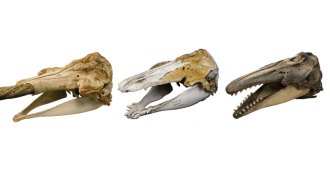 Genetics
GeneticsDNA confirms a weird Greenland whale was a narwhal-beluga hybrid
DNA analysis of a skull indicates that the animal had a narwhal mother and beluga father.
-
 Life
LifeThis body-on-a-chip mimics how organs and cancer cells react to drugs
The multiorgan system could help test new and existing drugs for effectiveness and unwanted side effects.
-
 Life
Life‘Sneezing’ plants may spread pathogens to their neighbors
A “surface tension catapult” can fling dewdrops carrying fungal spores from water-repellent leaves.
-
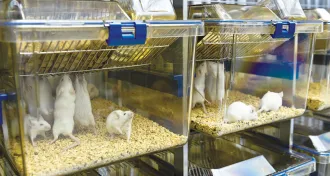 Neuroscience
NeuroscienceFemale rats face sex bias too
In neurobiological studies, male lab animals tend to outnumber females, which are considered too hormonal. Scientists say it’s time for that myth to go.
-
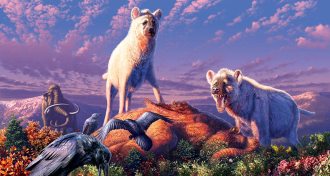 Paleontology
PaleontologyHyenas roamed the Arctic during the last ice age
Two teeth confirm the idea that hyenas crossed the Bering land bridge into North America, a study finds.
-
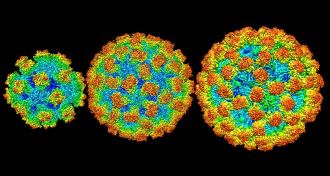 Life
LifeNorovirus close-ups might help fight stomach flu
Detailed views of a common stomach virus that causes vomiting and diarrhea could aid vaccine and disinfectant development.
-
 Astronomy
AstronomyReaders boggled by black hole behemoth
Readers had questions about the first image of a black hole and a chytrid fungus.
-
 Science & Society
Science & SocietyScience hasn’t managed to span the diagnosis gap
Editor in Chief Nancy Shute discusses how scientists are devising better diagnostic tools to detect diseases.
By Nancy Shute -
 Ecosystems
EcosystemsMany of the world’s rivers are flush with dangerous levels of antibiotics
Antibiotic pollution can fuel drug resistance in microbes. A global survey of rivers finds unsafe levels of antibiotics in 16 percent of sites.
-
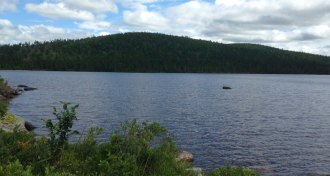 Environment
EnvironmentSome Canadian lakes still store DDT in their mud
Yesterday’s DDT pollution crisis is still today’s problem in some of Canada’s lakes.
-
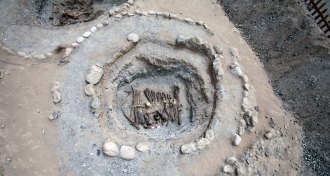 Archaeology
ArchaeologyPeople may have smoked marijuana in rituals 2,500 years ago in western China
Cannabis may have been altering minds at an ancient high-altitude cemetery, researchers say
By Bruce Bower